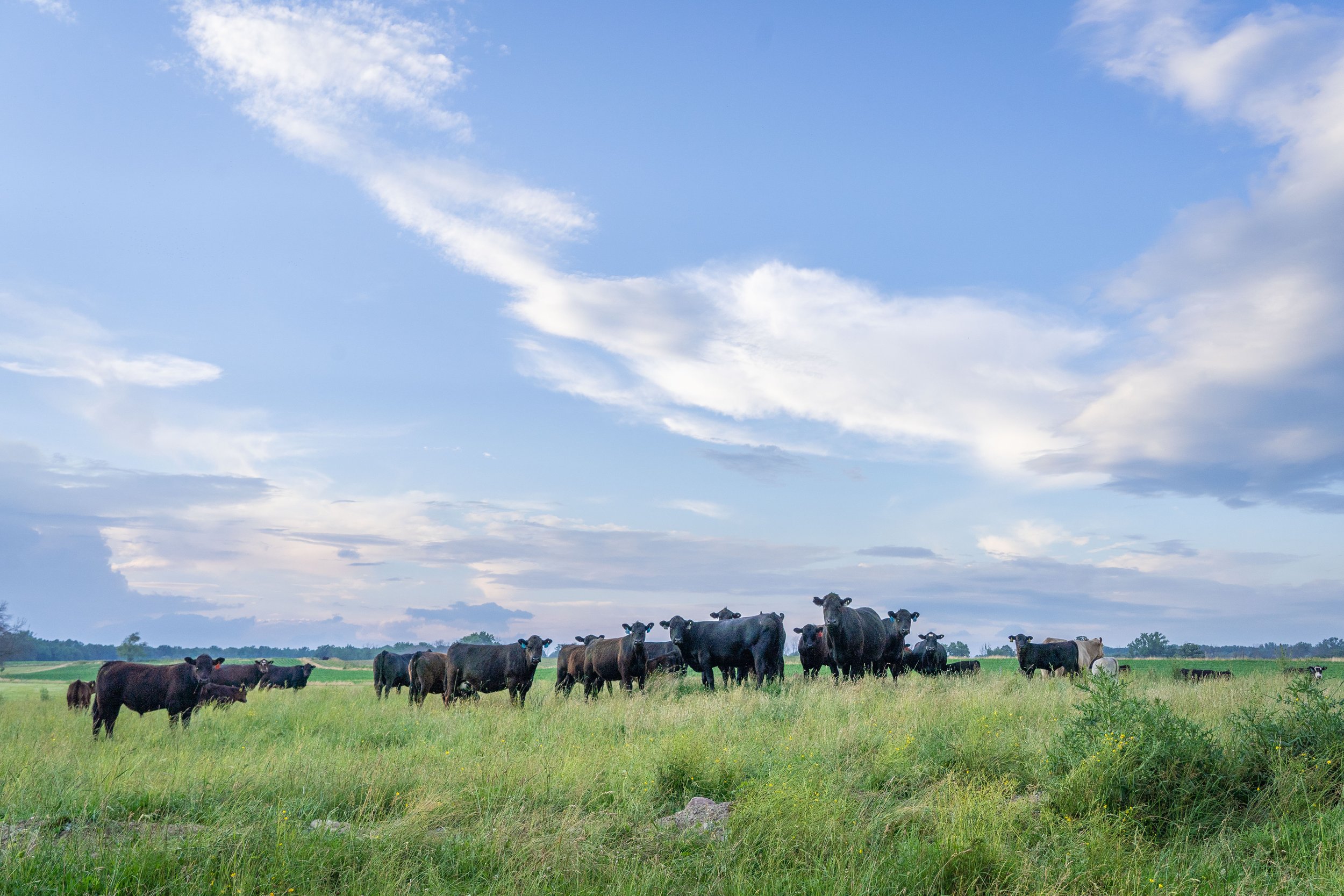Comprehending Animals Risk Defense (LRP) Insurance Coverage: A Comprehensive Overview
Navigating the realm of animals threat defense (LRP) insurance coverage can be an intricate endeavor for numerous in the agricultural market. From how LRP insurance policy works to the various protection options available, there is much to discover in this extensive overview that might possibly shape the way animals manufacturers approach threat administration in their organizations.

Just How LRP Insurance Coverage Functions
Periodically, understanding the technicians of Animals Threat Protection (LRP) insurance policy can be complicated, yet breaking down just how it functions can provide clarity for farmers and breeders. LRP insurance coverage is a danger administration tool made to shield livestock producers against unforeseen cost declines. The plan allows manufacturers to establish a protection degree based upon their certain requirements, choosing the number of head, weight variety, and protection cost. When the plan remains in place, if market prices drop below the protection price, manufacturers can submit a case for the distinction. It is very important to note that LRP insurance policy is not an income assurance; instead, it concentrates entirely on cost threat defense. The insurance coverage period usually varies from 13 to 52 weeks, providing flexibility for manufacturers to pick a duration that aligns with their production cycle. By utilizing LRP insurance coverage, herdsmans and farmers can minimize the financial risks connected with rising and fall market value, making sure higher stability in their operations.
Eligibility and Coverage Options

When it comes to coverage alternatives, LRP insurance policy offers manufacturers the adaptability to choose the coverage level, insurance coverage duration, and recommendations that best suit their risk monitoring requirements. Coverage levels generally range from 70% to 100% of the expected finishing value of the insured animals. Producers can likewise select insurance coverage durations that line up with their manufacturing cycle, whether they are insuring feeder cattle, fed livestock, swine, or lamb. Endorsements such as cost risk defense can additionally personalize protection to shield against negative market changes. By comprehending the eligibility requirements and insurance coverage options available, animals producers can make informed choices to take care of danger effectively.
Pros and Disadvantages of LRP Insurance Policy
When reviewing Livestock Risk Security (LRP) insurance policy, it is important for livestock manufacturers to evaluate the downsides and advantages inherent in this danger management device.

Among the key benefits of LRP insurance policy is its ability to give protection against a decline in animals rates. This can help guard manufacturers from monetary losses resulting from market fluctuations. In addition, LRP insurance policy provides a degree of adaptability, permitting producers to tailor coverage degrees and plan periods to suit their certain demands. By securing in an assured price for their livestock, producers can better handle danger and prepare for the future.
One constraint of LRP insurance coverage is that it does not secure against all kinds of risks, such as condition break outs or natural calamities. It you could check here is crucial for manufacturers to meticulously analyze their specific risk direct exposure and financial scenario to figure out if LRP insurance is the best danger management device for their procedure.
Understanding LRP Insurance Policy Premiums

Tips for Taking Full Advantage Of LRP Benefits
Maximizing the advantages of Animals Threat Protection (LRP) insurance coverage calls for strategic preparation and proactive danger monitoring view - Bagley Risk Management. To make the many of your LRP coverage, consider the following suggestions:
Consistently Assess Market Conditions: Remain educated concerning market fads and cost fluctuations in the animals market. By keeping an eye on these variables, you can make informed choices concerning when to purchase LRP coverage to secure versus potential losses.
Establish Realistic Protection Degrees: When choosing protection levels, consider your production costs, market price of livestock, and potential risks - Bagley Risk Management. Establishing practical protection degrees ensures that you are effectively safeguarded without paying too much for unneeded insurance
Expand Your Insurance Coverage: As opposed to depending only on LRP insurance policy, think about diversifying your threat administration techniques. Combining LRP with various other danger management devices such as futures agreements or options can give detailed protection versus market unpredictabilities.
Review and Readjust Protection On a you could look here regular basis: As market conditions alter, periodically assess your LRP protection to guarantee it lines up with your current danger exposure. Readjusting coverage degrees and timing of purchases can assist optimize your danger protection strategy. By following these tips, you can take full advantage of the advantages of LRP insurance policy and protect your animals operation against unpredicted risks.
Final Thought
To conclude, animals threat protection (LRP) insurance policy is a useful tool for farmers to manage the monetary threats related to their livestock procedures. By comprehending exactly how LRP functions, qualification and insurance coverage alternatives, in addition to the pros and cons of this insurance, farmers can make educated choices to shield their livelihoods. By thoroughly thinking about LRP costs and carrying out strategies to optimize advantages, farmers can minimize prospective losses and make sure the sustainability of their procedures.
Animals manufacturers interested in acquiring Animals Danger Defense (LRP) insurance policy can discover an array of qualification standards and protection choices customized to their details animals operations.When it comes to insurance coverage choices, LRP insurance policy provides producers the versatility to select the coverage level, coverage duration, and recommendations that finest fit their danger administration requirements.To understand the intricacies of Livestock Threat Defense (LRP) insurance coverage fully, understanding the factors affecting LRP insurance coverage premiums is important. LRP insurance coverage premiums are determined by different aspects, including the coverage degree selected, the expected rate of livestock at the end of the insurance coverage duration, the type of animals being guaranteed, and the length of the insurance coverage period.Evaluation and Readjust Insurance Coverage Consistently: As market problems transform, occasionally examine your LRP protection to guarantee it straightens with your present risk exposure.